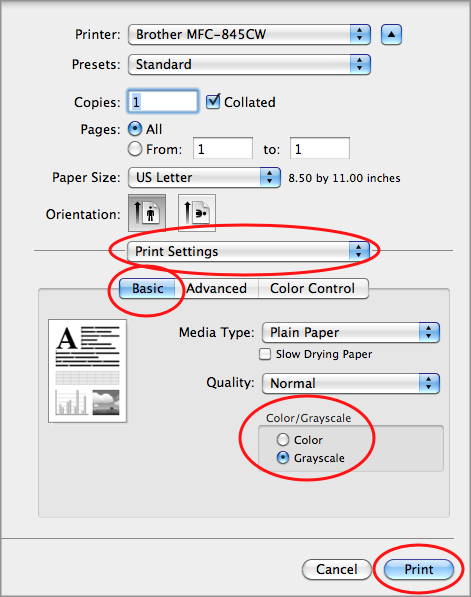
Press the Del or Backspace on the keyboard to remove the text box from the document. Press and hold the left mouse button on the circle, then drag the mouse cursor in the desired direction to increase or decrease the size of the text box. Place your mouse cursor over one of the circles on the outer edge or corner of the text box, so the cursor changes to a double-sided arrow. When selected, there are small circles on each corner and in the middle of each side of the text box. Find the text box and click the outer edge to select it. While pasting the table, you need to select the option of Picture across the. Paste the table across the same Excel document. Select the complete table and copy using the keyboard shortcut CTRL + C or the mouse. b) left click inside the text box, then right click, and select Borders and Alignment from the options. Open Microsoft Excel on your device and access the document that contains the table. Open the Word document containing the text box. Select the text orientation you need and select okay. Use that to drag and create a text box within which you will input any text of your choice. Then the cursor will change into an inverted-cross type of symbol. Below the menu bar navigate towards the right-hand to the Text tab. The further you drag the mouse, the larger the text box that is created. Then in the menu bar highlight the Insert option. Each time you click on the Text Direction button, the text changes direction by 90 degrees. In the Alignment group, click on the Text Direction button. Press and hold the left mouse button, then drag the mouse down and to the right to "draw" the text box. If you want to change the text direction of a group of cells, select this group of cells by clicking and dragging over the cells. In the context of the white arrow, this means the points of your text frame's frame. 
Switch to the white arrow (the 'Direct Selection Tool'). The border around the text box disappears when you click or tap outside the text box. Go to Shape Format or Drawing Tools Format > Shape Outline, and then select No Outline. Under 3-D Rotation, set X Rotation to 180°. To do it, click on the rectangle that you’ll find beside the Width parameter. You can also change the pattern of the outlines of your letters. To rotate the bounds of a text frame without also rotating the text inside, Select the text frame. Select Text Effects > 3D Rotation > 3D Rotation Options. You can do this by writing a new value on the box or by pressing the arrows that appear beside it.
If you select the Draw Text Box option, move the mouse cursor to where you want the text box to be located. You cannot rotate text inside a text frame. Drag the mouse cursor and text box to where you want to place it in the document. the Align text to the bottom option Align Bottom icon allows you to line up your text to the bottom of the text box. Click the outer edge of the text box to select it, then press and hold the left mouse button on the outer edge. If you select a pre-built text box, it is automatically added to the document. Choose an orientation from those offered. Word displays the Text Direction dialog box. 
Choose the Text Direction option from the Format menu. Select one of the pre-built types of text boxes in the menu, or click the Draw Text Box option to create a custom text box. Select the AutoShape, text box, or table cell that contains the text whose orientation you want to change.In the Text section, click the Text Box option.Equalize Character Height: Alt + Q ConclusionĪs you can see, there are a variety of ways you can strikethrough text in the Microsoft Office suite.Īnd while it’s easiest to access the command through the Ribbon in Word and PowerPoint, the Font dialog boxe give you the most text effect options to work with.Any text before or after the selection retains the existing alignment choices. Select OK to apply the alignment to the selected text. In the Preview section, select the Apply to drop-down arrow and choose Selected text. In addition to the strikethrough command, the Font dialog box in PowerPoint gives you 6 other text effects you can apply to your text (as pictured below). In the Page section, select the Vertical alignment drop-down arrow and choose an alignment. After selecting the effect(s) you want, click OK to see it applied to your text. Using the Font dialog box you do not get a live preview of the effect.

If you want to apply the Double Strikethrough effect, you have to go through the Font dialog box in PowerPoint. You should now be able to click into the text and see a bounding box that can be resized without resizing or rescaling the text inside. With the layer active, goto Type > Convert to Paragraph text. Select and activate the layer that contains your text from the layers palette. Click the downward-facing arrow in the in Font group You need to make the text 'paragraph text'.







 0 kommentar(er)
0 kommentar(er)
